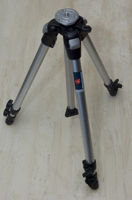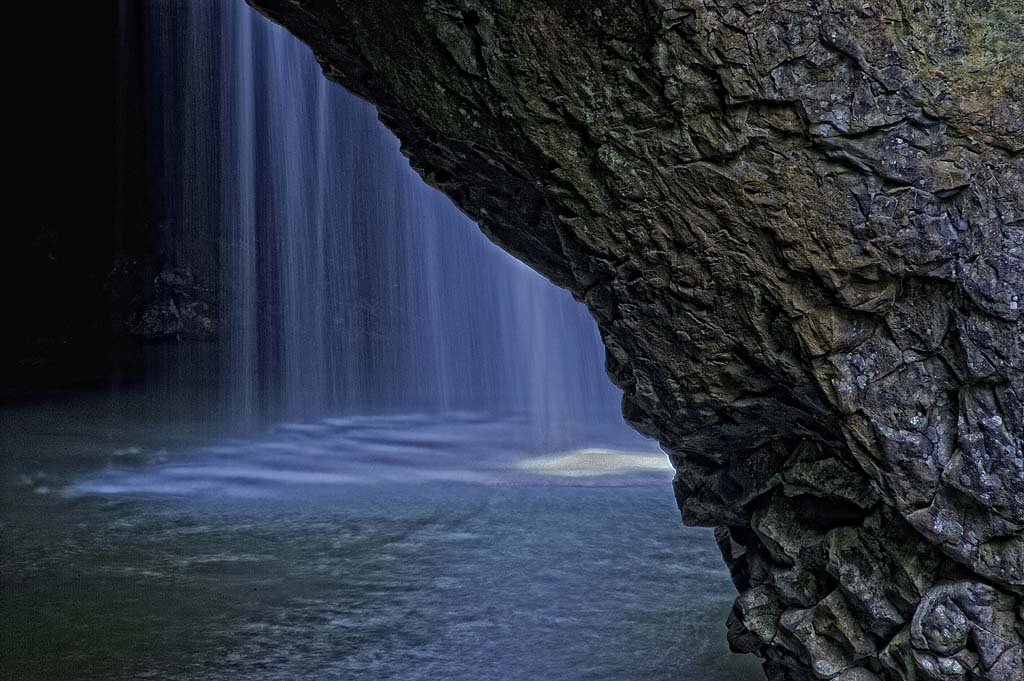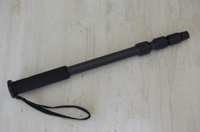To obtain a stable camera for long exposures, the tripod is only part of the overall picture. There are many accessories to add to your tripod to make your photographic life easier and to make your images even sharper.
When you purchase your camera it will come with a standard 1/4″-20 screw socket for mounting to the tripod, this is somewhat inconvenient if you need to quickly mount the camera to the tripod.



